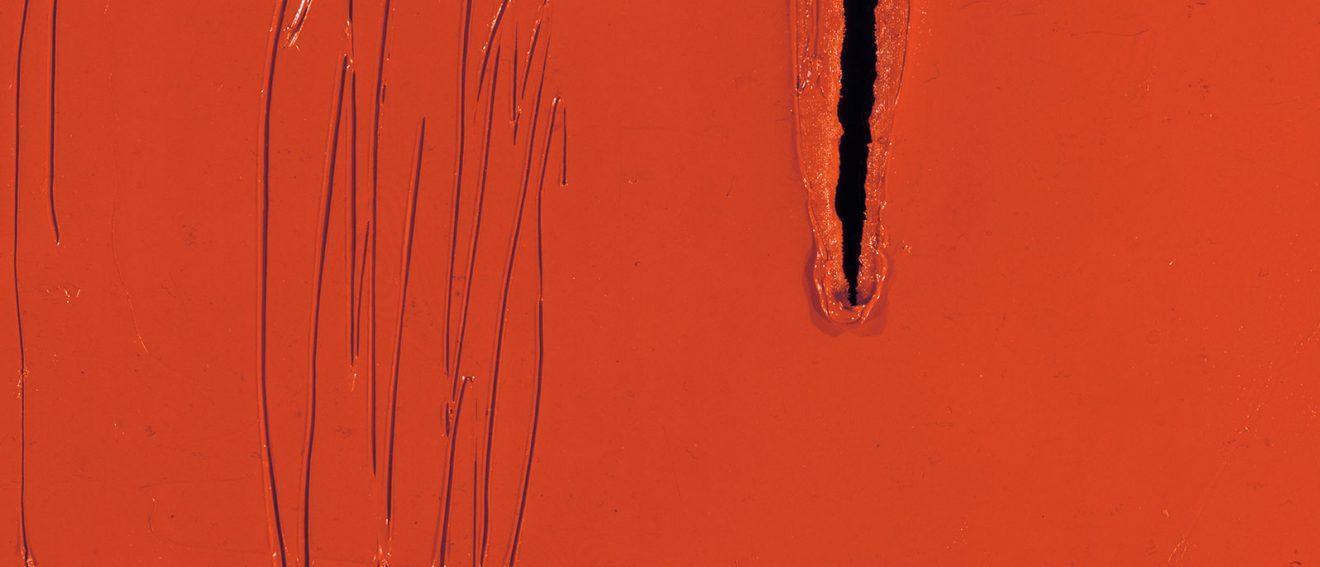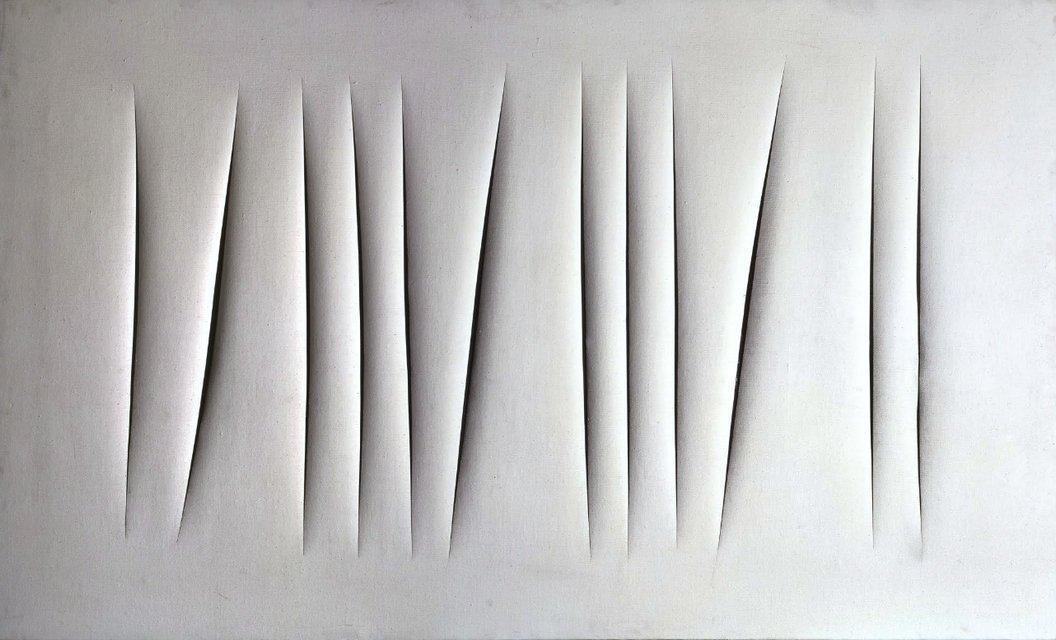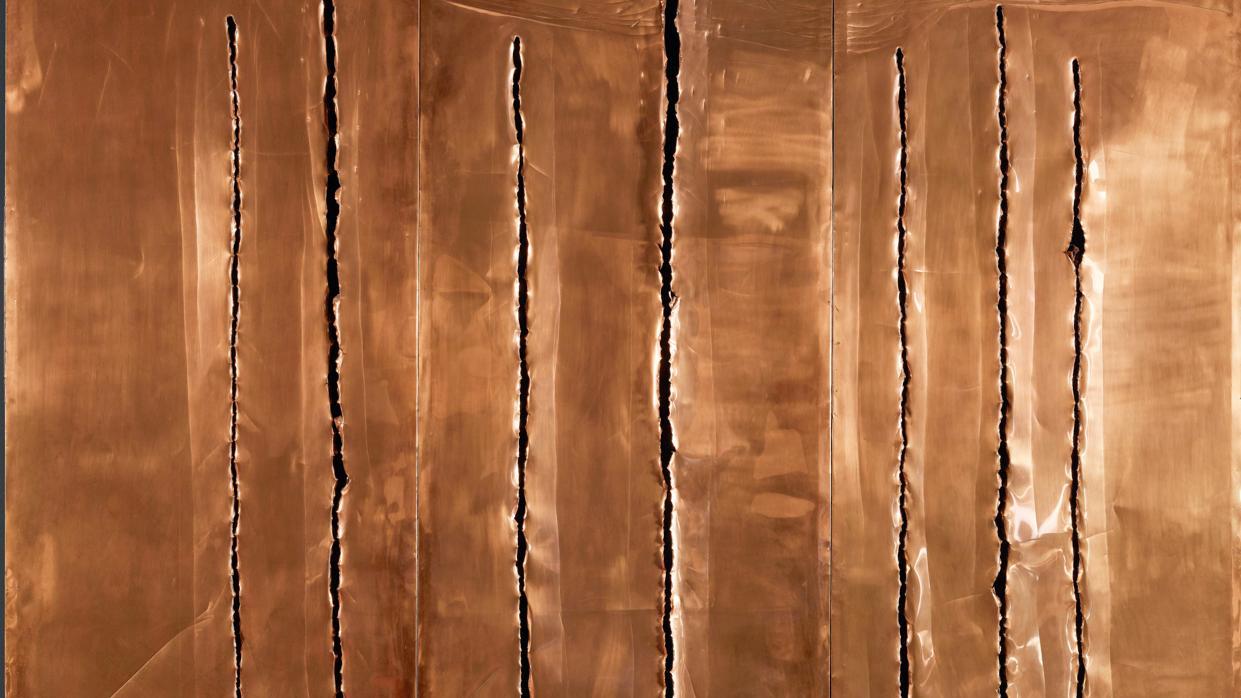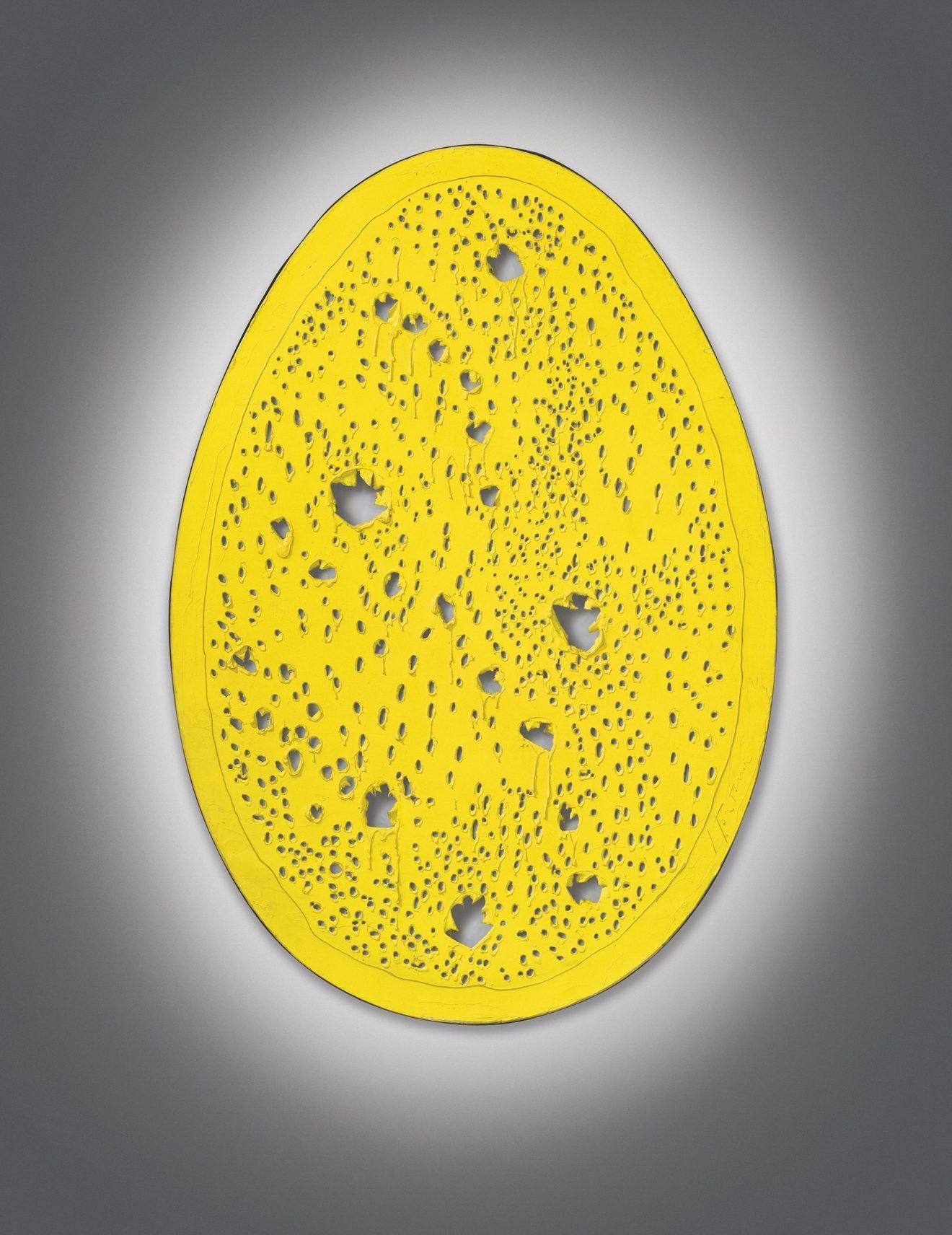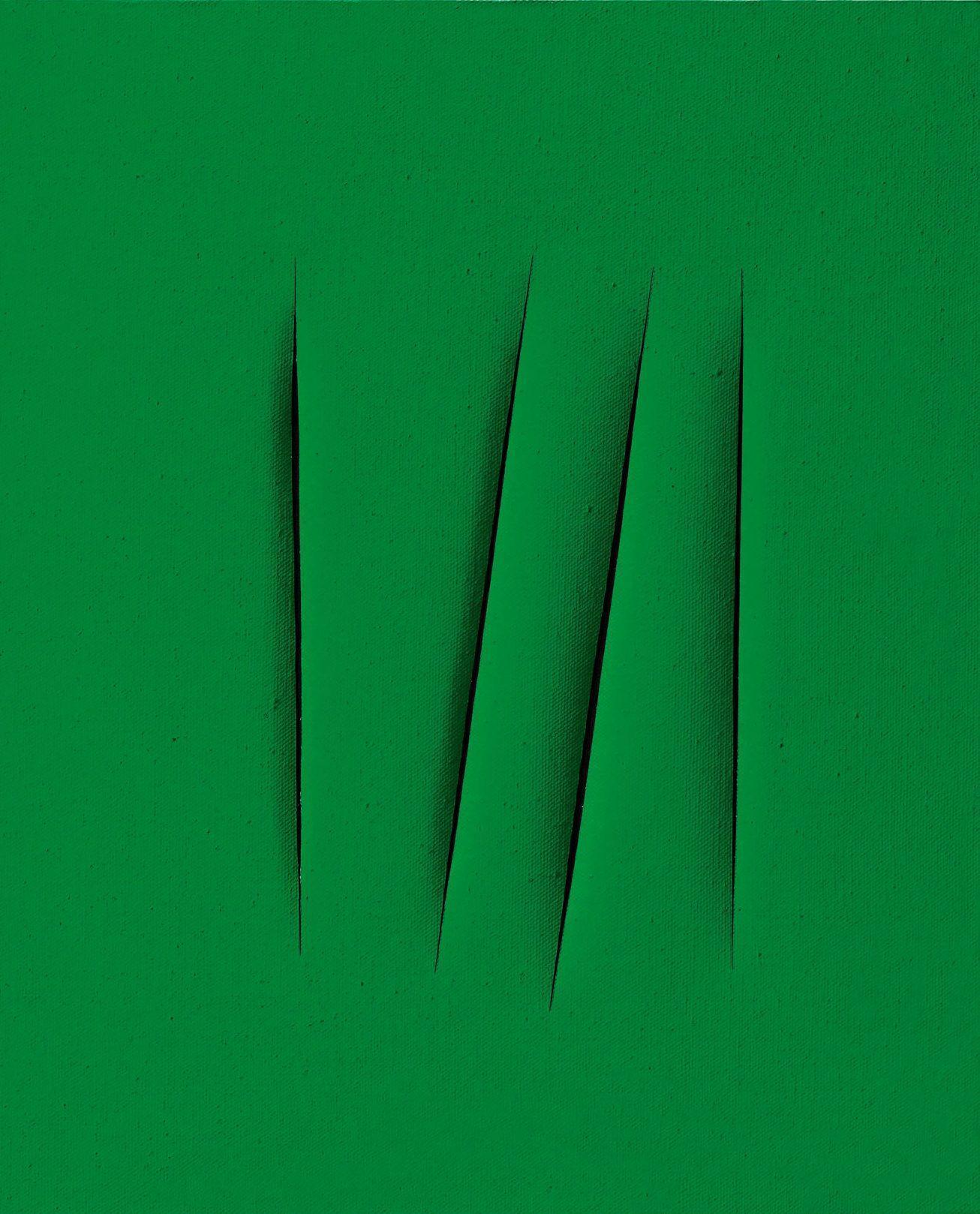Italian painter, sculptor, and ceramicist, born in Argentina, the son of an Italian sculptor, Luigi Fontana, and an Argentinian mother. In 1905 his family moved to Milan, where he studied sculpture, first with his father and then (after spending several years in Argentina) at the Brera Academy, 1928–30. He had his first solo show at the Galleria del Milione, Milan, in 1930; this was the first exhibition in which abstract sculpture was seen in Italy and Fontana became a leading figure in promoting abstract art in his country. In 1935 he moved to Paris, where he became a member of the Abstraction-Création association, then in 1940 returned to Argentina, where in 1946 he issued his White Manifesto. This introduced a new concept of art called Spatialism (Spazialismo), which aimed for co-operation with scientists in synthesizing new ideas and materials. In 1947 he returned to Milan, and in the same year officially launched the Spatialist movement and issued the Technical Manifesto of Spatialism (four more manifestos followed, the last in 1952). He lived in Milan for most of the rest of his life, but usually spent the summers at Albisola Marina, where he made ceramics. His most characteristic works, which he began producing in 1958, are paintings in which completely plain surfaces are penetrated by gashes in the canvas, but he also made environments (for example using neon lights in blackened rooms) and carried out various decorative projects. In 1966 he was awarded the International Grand Prize for Painting at the Venice Biennale.



